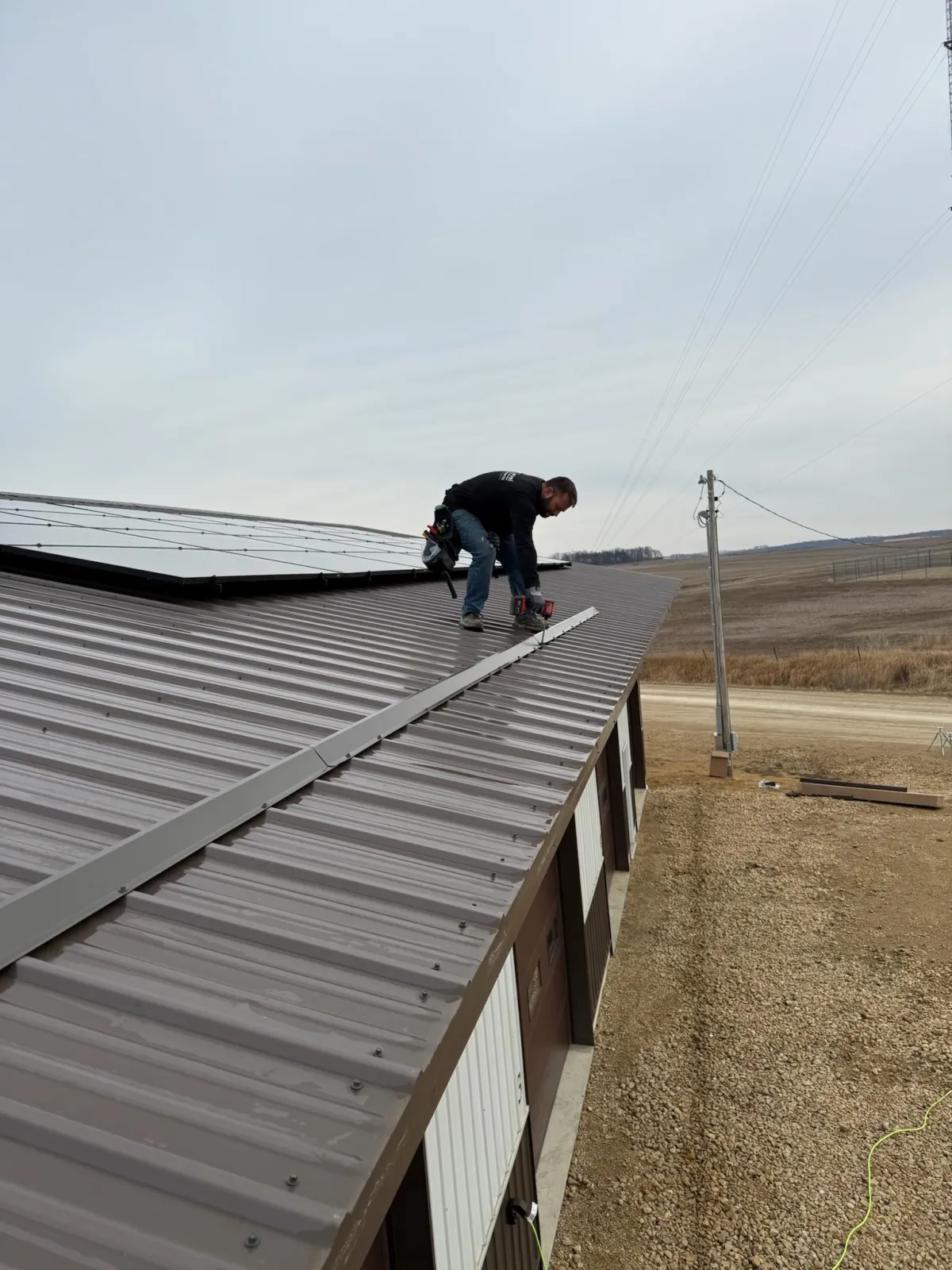Contact Us
GUTTER
INSTALLATION SERVICES


BENEFITS
Gutter installation is a crucial part of maintaining your home’s exterior, as it helps direct rainwater away from your foundation and protects your roof, walls, and landscaping. Here's a general overview of gutter installation:
Assessment & Measurement:
A professional gutter installer will first inspect your home’s roofline to determine the proper type, size, and placement of gutters.
Measurements of the roof’s edges and slopes are taken to ensure gutters fit properly and function effectively.
Choosing the Gutter Material:
Aluminum: Lightweight, corrosion-resistant, and easy to install. Popular choice due to its affordability.
Installing the Gutter System:
Fascia Brackets: Gutters are usually attached to the fascia boards, which are the horizontal boards that support the roof's edge.
Downspouts: Downspouts are placed at strategic points to carry water from the gutters to the ground or a drainage system.
Pitching: Gutters need to be pitched (slightly sloped) toward the downspouts to ensure water flows properly.
Sealing & Fastening: The gutters are secured with brackets, screws, or hangers, and seams are sealed to prevent leaks.
Installing Gutter Guards (Optional):
Gutter guards are optional but are often2 Column recommended to keep debris like leaves and twigs out, reducing maintenance.
Final Inspection:
After installation, gutters are tested to ensure proper flow by checking the water runoff and making adjustments as needed.
MAINTENANCE
Prevents Water Damage:
Properly installed gutters direct water away from your home’s foundation, preventing erosion and water damage to the basement or foundation.
Prevents Roof Damage:
Water buildup around the roof can lead to rot or ice dams during winter, but gutters help prevent this.
Protects Landscaping:
Gutters prevent excess water from falling directly onto landscaping, helping to maintain your garden.
Curb Appeal:
New gutters can enhance the aesthetic appeal of your home, offering a clean, finished look.
Clean Regularly:
Clean gutters at least twice a year (or more often if you have overhanging trees) to remove leaves, twigs, and debris.
Check Downspouts:
Make sure the downspouts are clear and water is flowing freely.
Inspect for Damage:
Periodically check for cracks, rust, or loose hangers to ensure they remain securely attached.

